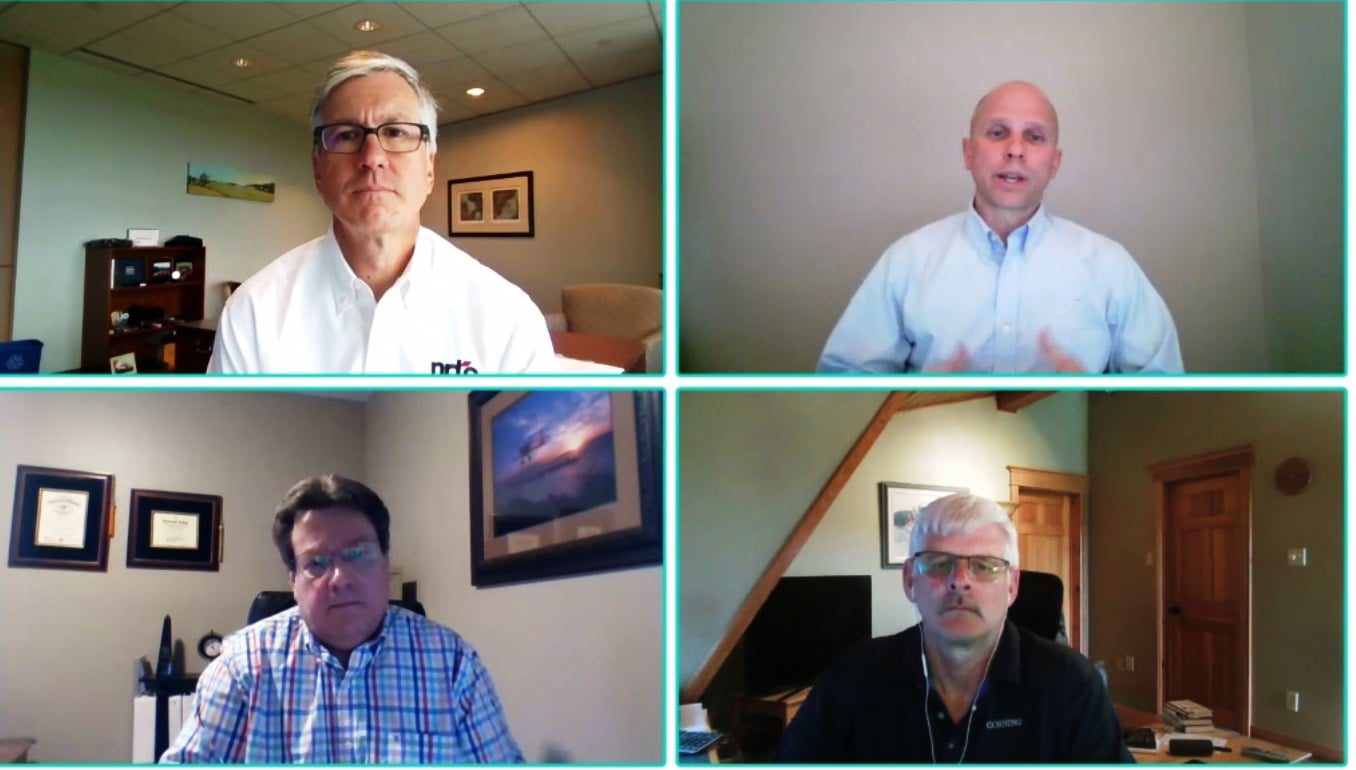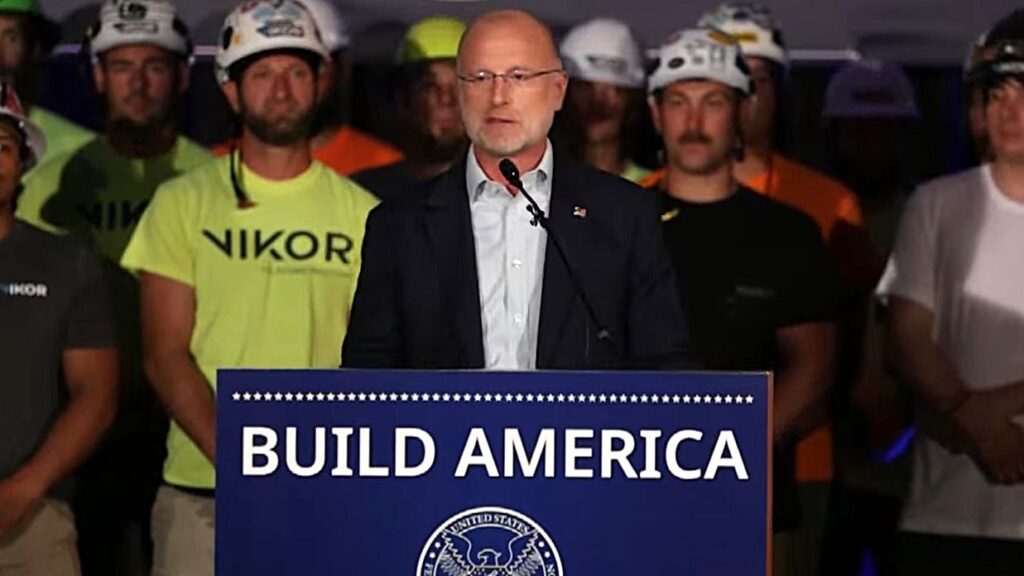Summit Speakers Say There Has Never Been a Better Time to Invest in Fiber
Randy Sukow
|

Emergence from the pandemic and the ever-increasing demand for bandwidth has created a rare situation for rural electric cooperatives. Many factors are converging to make commitments in fiber optic construction projects that once might have seemed risky, more than a possibility. In fact, they might be the smartest move.
Greg Santoro, NRTC Senior VP, Chief Marketing and Strategy Officer, said that NRTC has been involved in broadband projects for several years, first working with rural telcos. But in recent years, electric cooperative interest has soared. “There really has never been a time when there was more money available for meeting the rural broadband gap,” he said during last week’s Broadband and Digital Infrastructure Summit. “And when you combine that with the fact that communications needs for electric co-ops for internal purposes has become more critical it’s just a perfect time for bringing together [rural telco and electric] communities’ needs.”
NRTC and NRECA co-hosted the online 2021 Broadband and Digital Infrastructure Summit last week, which took a close look at technology and financial aspects of building communications infrastructure.
Santoro (pictured above, left) moderated the summit’s opening session, which looked at the current state of broadband infrastructure, especially fiber, as it affects electric cooperatives.
“Fiber provides opportunities. It provides ways to gain revenue and maintain your current power networks … It’s always a good investment,” said panelist Steve Gaul, manager of the Wireline Engineering Department for Black & Veatch (below, left). The panel discussed several reasons why.
Longevity
“Personally, I’ve deployed networks that are well over 40 years old and they’re still working,” said Barry Walton, a solutions architect for Corning (below, right). “Time will tell … We’ve got copper networks over 100 years old, and they have more problematic characteristics. They don’t like lightning. They don’t like electricity. They don’t like water. Fiber doesn’t have any of that.”
As for the potential bandwidth/speed advances for that fiber network as it ages, they are nearly endless. “Once you place the fiber, it’s just a matter of operating the electronics on both ends,” Walton said. When he was helping to design the first fiber-to-the-home services for the Canadian market years ago, the maximum speed target was 1 Gbps. “I’ve got customers now in Tennessee that are offering 10 gigs … It’s advancing a lot faster than I ever anticipated,” he said.
PON Advancements
The longevity of the electronics in a fiber network is shorter, due to the growing demand for bandwidth and advancements in systems that get more speed out of existing network. Changes are becoming more predictable and straightforward with the evolution of passive optical network (PON) systems. “PON has a very robust roadmap to upgrades, and in a lot of cases it’s a seamless upgrade,” Walton said. “You can mix and match technologies together on the same card and provide from an operations point of view multiple services off of one port.”
The next-generation PON devices are worth the investment, said Doug Payauys, strategic sales development manager for ADTRAN (above right) who formerly participated in a fiber deployment project while working for an electric cooperative. “If I was starting this from scratch today, I would definitely lean into the 10 gigabit (XGS) PON as much as possible,” he said. “You’re going to start to see cable companies out there offering 2 gigabits. If you’re starting out with an FTTH network, you want to make sure you’re able to compete in that area.”
XGS-PON is faster and makes budgeting sense as well. “The cost differential is not that substantial. You’re probably talking somewhere in the range of $1,000 per card” compared to earlier-generation PON, Payauys said.
Multiple Use Cases
Many electric cooperatives are planning broadband projects with two goals in mind – to build smart grid infrastructure and to provide broadband to local businesses and residences, especially in unserved areas. Designing the fiber network is the first step in planning such a deployment.
“It sounds daunting to say, ‘Gee, how do I figure all this out?’ Honestly, it’s pretty easy,” Walton said. For example, electric cooperatives have a wealth of data, such as meter locations, customer email addresses and other information that helps plot out a fiber backbone, middle-mile and last-mile connections. “It’s a pretty straight forward exercise where you take a paper map if you’ve got it or GIS, plot out your area; show where your substations are and where environmentally controlled buildings are and then plot your meters,” he said.
If there is a wireless component, fiber will almost certainly play a role. “No matter the technology, whether it’s 5G or satellite links, they all have to connect back into the internet at some point. A significant portion of the fiber we’ve assisted in installing have been designed for 5G nodes. You’ve got to have fiber to those,” Gaul said.
At the end of the day, the panel recommended erring on the side of deploying too much fiber. “Even if you at some point say that you’re not going to do fiber to the home, dark fiber is in great demand these days for various [wireless] providers who are looking to lease,” Walton said. “What a great story for recurring revenue … It’s like the revenue from pole attachments. Here’s another revenue stream, renting out fibers.”
NRECA is providing a recording of the open session and the rest of the summit for those who registered for the event through June 30.

